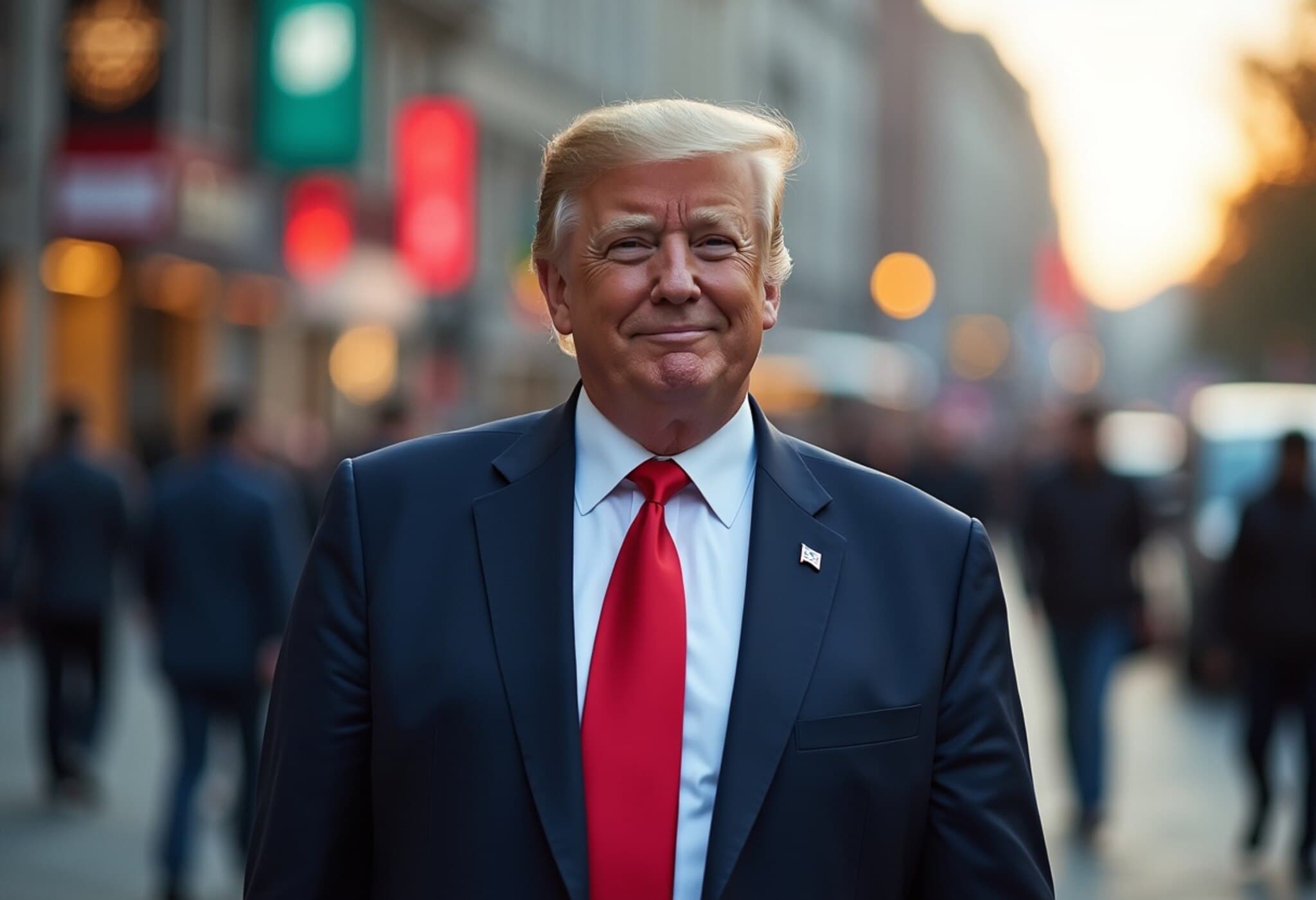China’s Expanding Visa-Free Policy Sparks a Touristic Revival
After years marked by stringent COVID-19 restrictions, China is witnessing a promising resurgence of foreign visitors as it slashes visa requirements more than ever before. The Chinese government recently expanded its visa-free entry policy to cover 74 countries, allowing travelers a 30-day stay without the bureaucratic hurdles that typically accompany international travel.
Rebooting Tourism to Revitalize Economy and Global Image
This strategic easing of visa restrictions aligns with Beijing’s broader ambition to reinvigorate the tourism sector, a key source of foreign exchange and cultural exchange, while polishing its international profile. According to the National Immigration Administration, more than 20 million foreigners entered China visa-free in 2024, constituting nearly a third of all inbound tourists and more than doubling the previous year’s figure. This signals a vigorous rebound from pandemic lows.
Voices from the Ground: Travelers and Guides Feel the Shift
For many international tourists, the simplified entry process removes a significant barrier. Georgi Shavadze, a Georgian national residing in Austria, shared his enthusiasm during a visit to Beijing’s iconic Temple of Heaven: “It really makes traveling easier because applying for a visa is such a hassle.”
Travel industry insiders are equally optimistic but face the challenge of managing growing demand. Gao Jun, a veteran English-speaking tour guide with over two decades of experience, revealed, “I’m practically overwhelmed with tours and struggling to keep up.” Leveraging this surge, Gao has launched a training initiative to equip others with English proficiency and tour-guiding skills — a clear indication of the sector’s tightening capacity.
A Look at the Numbers: Progress and Remaining Gaps
- China reopened its borders to tourists in early 2023 but attracted only 13.8 million visitors that year, less than half the 31.9 million in 2019.
- Since December 2023, the visa-free policy has rapidly expanded to include key European countries—France, Germany, Italy, Netherlands, Spain—as well as Malaysia, parts of Latin America, Uzbekistan, and select Middle Eastern countries.
- By mid-July 2025, Azerbaijan’s addition will increase visa-free eligibility to 75 nations.
Implications for the US and European Tourists
Despite the shifts, the United States continues to be the largest source of foreign tourists, accounting for about 30% of China’s inbound visitors. However, Europeans have made striking gains, now representing 15–20%, a notable leap from under 5% before the pandemic.
Travel professionals like Zhao remain hopeful: “We’re quite optimistic. We hope these policies will continue and further open China’s doors to the world.” This growth might not only boost economic recovery but also foster meaningful cultural diplomacy through people-to-people exchanges.
Expert Insights and Broader Context
China’s aggressive expansion of visa-free access can be seen as a pivotal move in its post-pandemic recovery strategy. Opening the tourism floodgates is not merely about boosting receipts but restoring China’s stature as a global destination. This aligns with broader geopolitical objectives—soft power projection, rebuilding global ties, and stimulating regional economies.
However, challenges remain. Infrastructure and service capacity must scale swiftly to keep pace with demand, especially for foreign-language support in less-touristed regions. Moreover, balancing the influx of foreign tourists while sustaining domestic tourism remains a delicate act.
For American policymakers and business leaders, these developments signal renewed opportunities and competition in the Asia-Pacific tourism market. Facilitating smoother bilateral travel agreements and cultural exchanges could enhance mutual economic growth and understanding.
Looking Ahead
As summer holidays approach, the travel industry inside China braces for a flood of foreign visitors driven by this progressive visa policy and pent-up global wanderlust. How China manages this growth could set a precedent for post-pandemic international tourism recovery worldwide.
Editor’s Note:
China’s bold visa reforms reflect a potent mix of economic pragmatism and strategic signaling, highlighting the critical role travel plays in global diplomacy and national recovery. While the numbers are encouraging, stakeholders must watch how infrastructure, hospitality quality, and cross-cultural engagement evolve. For travelers and observers alike, this reopening is a reminder of travel’s power to rebuild bridges after isolation.

















